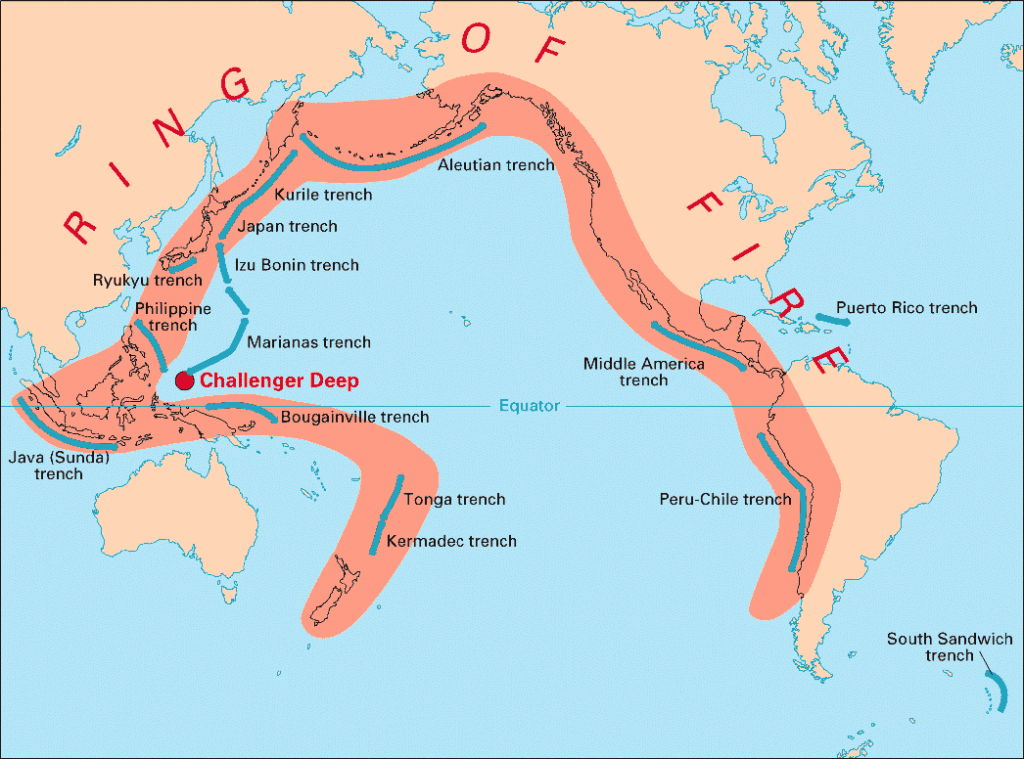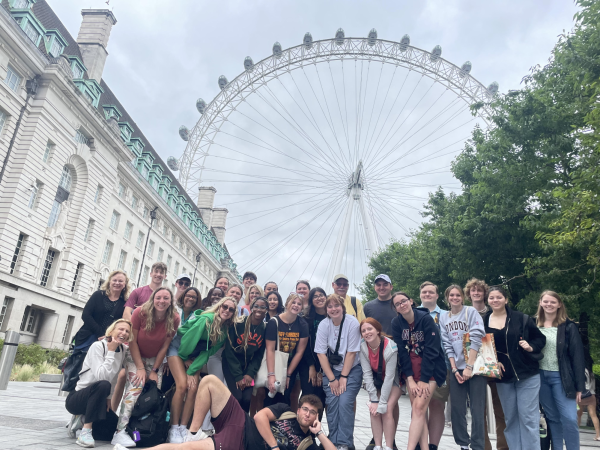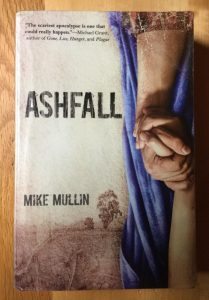Earthquakes increase fears about ‘Ring of Fire’
About 17 million people felt Friday’s magnitude 5.1 quake in La Habra, California. The quake was felt over a large section of Southern California and caused modest damage to some homes, a rockslide in Carbon Canyon and broke some water mains.
There have been hundreds of aftershocks following Friday’s earthquake. The largest was a 4.1 tremblor on Saturday but many of the others were too weak to be felt.
The tremblor caused damages to businesses, mainly spilled merchandise and shattered windows. Dozens of buildings were red-tagged and closed to be checked for structural damage.
The Puente Hills fault, which scientists believe could be what caused Friday’s 5.1 earthquake and is considered to be dangerous.
Late Tuesday night an 8.2 earthquake struck off the coast of northern Chile which triggered small mudslides, cut the power and generated a tsunami. There have been multiple aftershocks, a 7.8 being the largest.
The quake was one of a string of recent earthquakes along what is known as the “Ring of Fire,” a circle of quake-prone areas on the Pacific Rim. Chile and Los Angeles both lie along the so-called Ring of Fire.
Seismologists say this quake isn’t related to the one that occurred outside of LA last week, but are random episodes.
“Scientists still don’t have a way to predict when and where earthquakes will hit, so it is impossible to say whether other quakes will strike along rim areas,” Kate Hutton, seismologist at California Institute of Technology said.
The most vulnerable areas of the Ring of Fire include such populated cities as Santiago, Chile; Los Angeles and San Francisco, California; Seattle, Washington; Tokyo, Japan; and Lima, Peru.
Experts fear that these could just be foreshocks to much larger earthquakes to come over the next seven days, “We have been saying there is about a 5 percent chance of a larger earthquake to come,” USGS Geophysicist Doug Given said. “But that chance is front-loaded.
Caltech seismologist Egill Hauksson said Saturday that scientists can’t predict where earthquakes will go. “We just have to watch what happens.”










